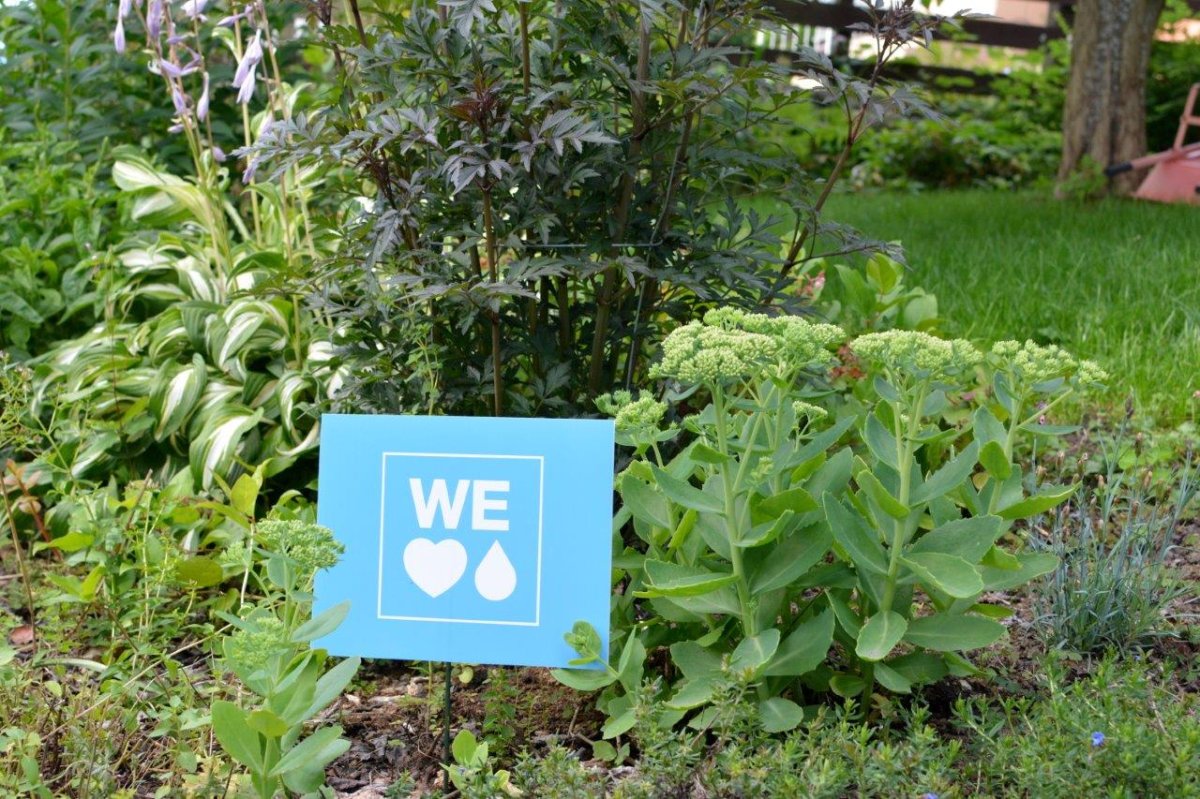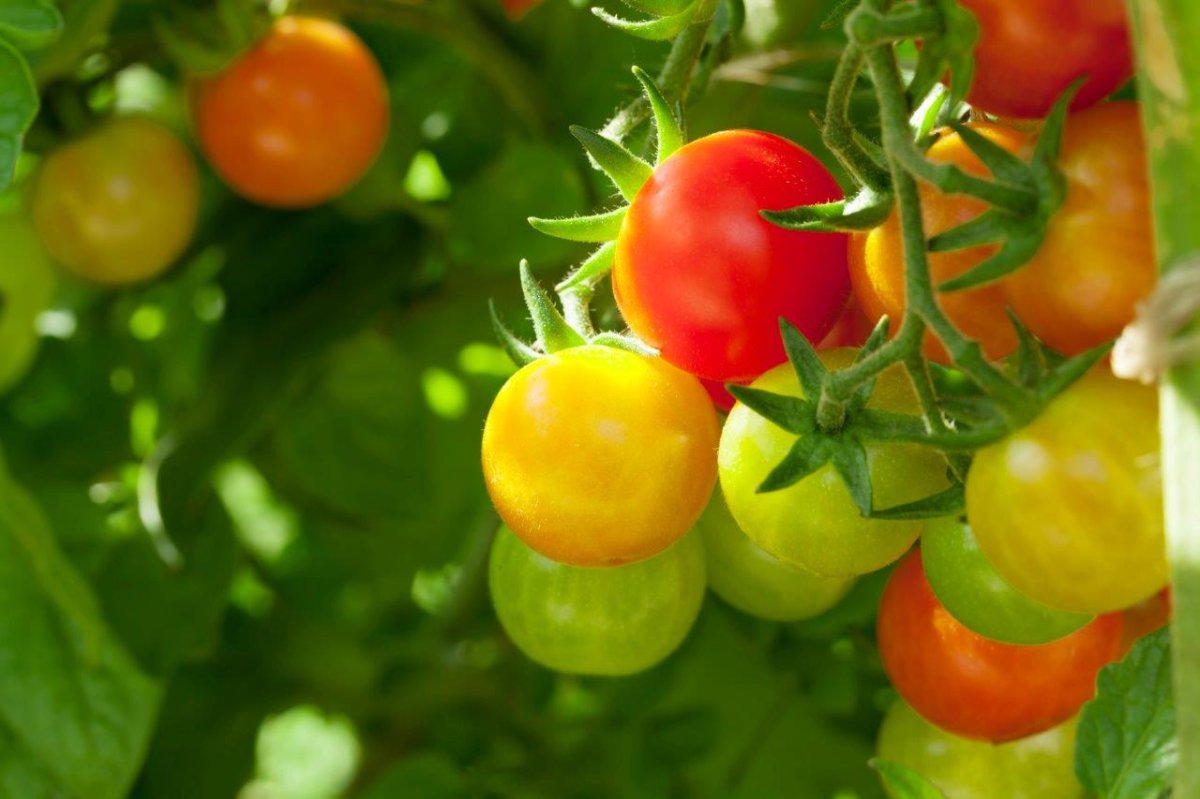As temperatures rise, so does the amount of water Metro Vancouverites use.

“During the summer months, the region’s water use can increase by more than 50 per cent, to around 1.5 billion litres or more per day, largely due to lawn watering and outdoor use,” says Malcolm Brodie, Chair of Metro Vancouver’s Water Committee.
“We are encouraging residents to ‘use a little less, and care a little more’ by adopting water-saving habits around the house and in their lawn-care and gardening routines.”
It’s an important message because even in Metro Vancouver, an area known for rainfall, the hot and dry summer months can challenge the region’s water supply.
Metro Vancouver’s water primarily comes from rainfall and snowmelt in the mountainous watersheds in the north of the region. The reservoirs are replenished with rainfall, but in the drier months of the summer, the water levels are lower and personal usage is up. This affects the region’s drinking water supply.
With the right approach, you can conserve water and still maintain good curb appeal. Here’s how to practice water conservation in your yard this summer.
Plant local and choose plants that require less water
When considering what to plant in your garden, think about what’s native to the region, Douglas Justice, an associate member with the Department of Botany at the University of British Columbia, says.
“On the west coast where we typically have a prolonged summer drought, we wouldn’t plant rhododendrons, for example, because they require summer moisture. If plants are adapted to growing in the region, then they’ll make good garden plants,” he says.
According to the Habitat Acquisition Trust, a nature conservation organization, the Oceanspray shrub, sword ferns and the Woolly Sunflower are great native plant options. They don’t require watering or expensive fertilizers since they’ve evolved with the regional climate for generations.
If you have your heart set on growing your own vegetable garden, choose plants that require less water.
“Tomatoes are much tastier if they’re grown in dryer conditions,” says Justice. Snap beans and pole beans can get away with less water and melons and squash, like tomatoes, build deep root systems and can draw moisture from there.
Don’t worry about keeping a green lawn
But that doesn’t mean grass isn’t happy in that state, Justice says. “The problem is that people expect the grass to be lush and green.”
“Just because your lawn isn’t green doesn’t mean it’s unhealthy,” adds Brodie. “With such a hot and dry spring, we have to consider what is going to happen later in the summer and not waste our precious drinking water by overwatering lawns or hosing down sidewalks. Healthy lawns only need an hour of water per week and will green up again quickly when the rain returns in November.”
You can maximize results by watering your lawn and plants early in the morning—the chances of water evaporating in the afternoon grow because of increased sun exposure and heat. Watering in the early morning also complies with the regional watering regulations.
Also, let your lawn grow a little longer to help the grass develop deeper roots. The height of the grass will shade those roots so they can hold water better. On top of that, the dense, healthy growth will crowd out weeds.
Consider low-flow or drip irrigation
A properly installed, programmed and maintained irrigation system can give you a great-looking lawn or garden while saving time and water.
“There are lots of low-flow or trickle/dripper irrigation systems available to the average homeowner. The theory is that you provide water at low pressure which means that you’re not losing a lot of water to the environment—you’re not spraying things away from where it’s needed,” says Justice.
Irrigation comes with its own challenges, so do your research.
“In soil that’s well drained, a dripper (which drips water directly into the soil) will not cover a large area so you may need more drippers,” says Justice.
Watering systems also require maintenance. Rodents, for example, can gnaw on thin plastics. You may have to get creative and consider options such as hanging baskets with irrigation systems hidden under the eaves. It’s a good idea to inspect irrigation systems at least monthly for leaks that could potentially waste thousands of litres of drinking water.
Don’t forget to add a timer to your system and properly set it so you don’t overwater your garden or lawn.
Outdoor washing
It’s common to see people washing cement surfaces with water, but reach for a broom instead of a hose to clean debris or dust off of your driveway and sidewalks.
In summer, it’s fine to let your car get a bit dusty. Wash your windows, mirrors and headlights using a bucket rather than a running hose or use a commercial car wash – many recycle water and use less than if you were to wash your car at home.
“With water conservation, there are lots of choices,” says Justice. “There are lots of ways to save water and it’s mostly about making choices and learning what works in your area.”
Want to find out about more water-conservation choices you can make? Check out Metro Vancouver’s We Love Water campaign for ways to use water efficiently around your home.







